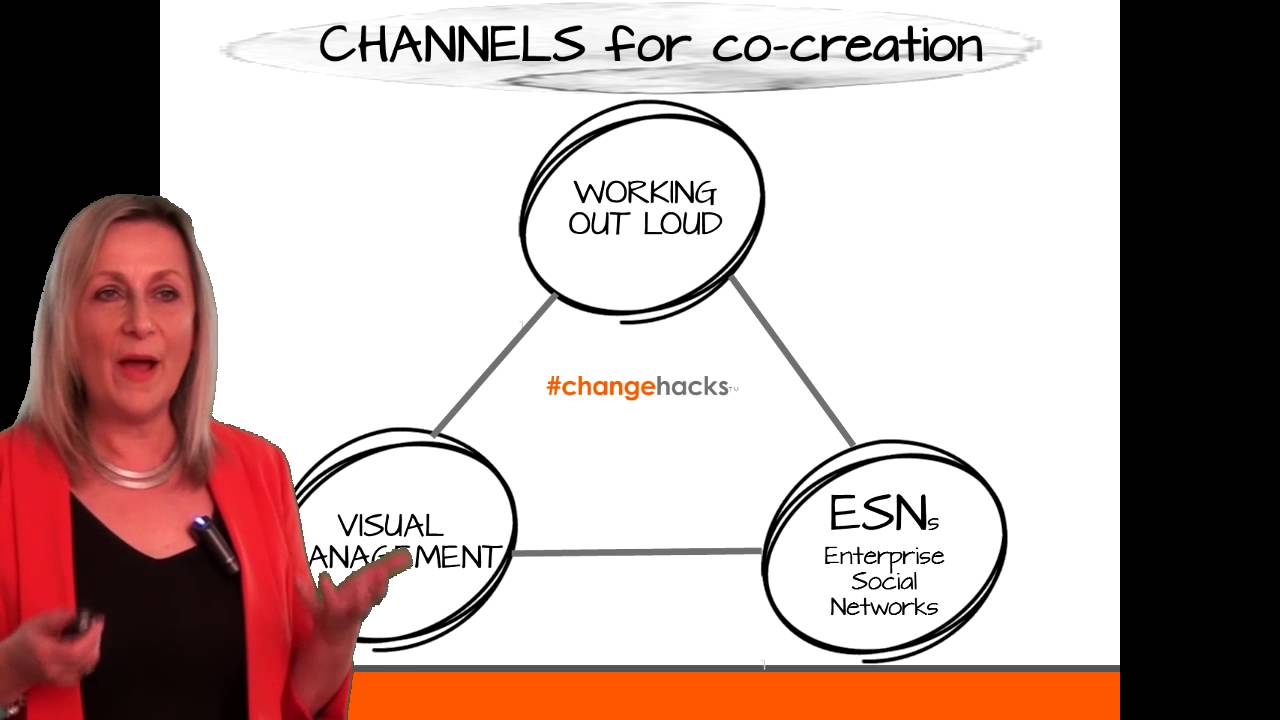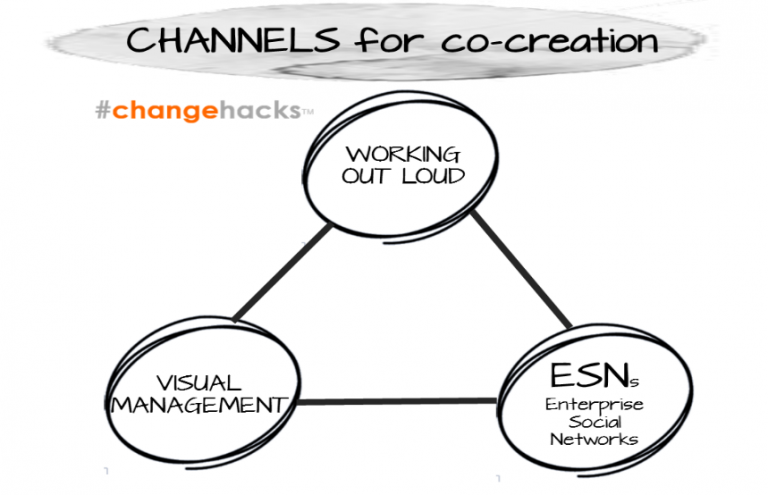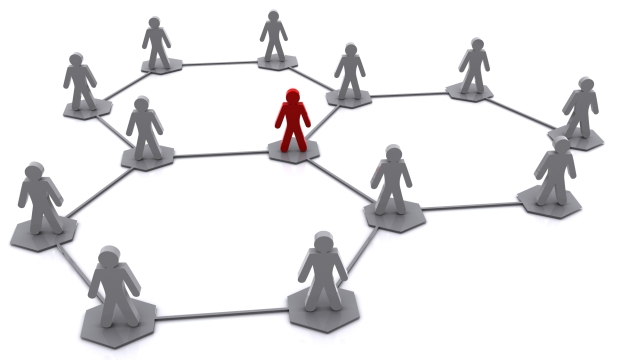
How internal disruption is changing the way we work
With a great deal of disruption going on, organisations often have their focus on the external business environment to stay abreast of what their competitors are doing, identify new markets and emerging customer demands.
Sometimes, the focus is so skewed to what’s going on outside the organisation, that we take less notice of what’s going in inside our business, and how disruption is impacting organisations internally, especially in the way we interact with one another as employees.
The way we lead others, the way we communicate and engage with our peers, is demanding a new set of capabilities to navigate an environment fraught with complexity and ambiguity. The speed at which we expect to source information and get things done demands an unprecedented agility in mindset as well as practice.
At the same time, the workplace has welcomed a range of ‘agile-friendly’ approaches and practices that we can leverage for rapid engagement and cut-through. The ways we’re using these emerging practices are changing the way we work.
The future of email
The newer channels of two-way communication are reshaping the way we lead, communicate and interact in organisations. Demographic forecasting tells us that by 2025, millennials will make up 75 percent of workforce. As digital natives, this generation will expect to engage through online platforms that invite two-way dialogue, making email communication less relevant.
These less formal practices that most of us have at our disposal can use in our workplace now, are working out loud, enterprise social networks (ESNs) and visual management, and are fast becoming the new norm.

Working out loud
Working out loud (often abbreviated as WOL) is a practice that is growing in popularity due to its simplicity and effectiveness in promoting engagement and co-creation. It’s the practice of doing our work in a way that is visible to our colleagues. By working openly, you have the opportunity to gather additional information and potentially avoid duplication of effort. How many times have you started research or prepared documentation only to find out later that someone has completed something similar? Something that could have saved you hours of duplicated work? Then you can already see the benefits in working out loud!
For example, in my last job, I posted a message on Yammer (enterprise social network) that I was working out loud on the new employee scorecards for a particular business unit. I set myself up in a meeting room for a day and advised all employees they could drop in to see how the scorecards were progressing and I was inviting feedback and discussion. I found out what my peers in other divisions were doing, so avoided some duplication of work, gathered some valuable ideas and involved our end users in the creation of the new process and documentation. When it was time to roll out the new approach, the word had already spread along with a positive message about the level of engagement and transparency.
This way of working gains traction when combined with enterprise social networking, where you can openly broadcast and show your work across geographical locations. It’s also supported by visual management boards where work in progress is showcased, amended and discussed openly.
Enterprise social networking
An enterprise social network (ESN) is a platform that facilitates online communication and collaboration. A leading ESN used in the workplace is Yammer. If you’re not already familiar with ESNs, think of it like a Facebook for the workplace. It’s the informality of ESNs, along with the speed to knowledge, that make them effective and a must-have in your toolkit.
The rise of the ESN at work is a great example of how formal communication channels are being disrupted. It enables all employees, of any rank and file, to crowdsource solutions and share their knowledge outside formal layers and hierarchy. It’s reshaping the way we communicate, collaborate and learn in organisations. By decentralising knowledge and power, it’s breaking down silos and geographical barriers, meaning that the formal process of top down communication now forms only part of the information sharing process.
For example, it’s not unusual to post a question and get a response from a general manager you’ve never met face to face. Or the other way around. A senior person posts a question or makes a comment, and everyone has the opportunity to contribute. And more CEOs are embracing it with a passion, as they can see the value of Yammer to engage and collaborate in a less formal way. For example, former Telstra Australia CEO, David Thodey, is an avid Yammerite who used it to transform culture by inviting employee participation and following through with continued discussions on work in progress.
Confidence in your digital capability is helpful, so as more millennials enter the workforce, we can expect to see the use of Yammer as an engagement and working out loud channel become more widespread.
Visual management
In John Medina’s book, Brain Rules, he explores 12 rules for optimising our performance at school, work and home. Among a swag of fantastic tips and information in his work, Medina’s rule number 10 is ‘vision trumps all other senses’. A study by Kissmetrics Analytics reveals that visual content resonates at a deeper psychological level. Our brains process visual information faster and we can process multiple images at the one time. For too long, we’ve been inundated (and inflicted the same on others) with text-based pages of PowerPoint slides. As attention spans become shorter, and we are overwhelmed with mountains of information from various sources, we need to be clever about how we communicate and capture information.
Visual management boards, openly displayed in the workplace, communicate progress of work, along with dashboard style representations of business measures and targets achieved. In their visibility, these boards open conversation in an informal manner, in both scheduled meetings and through ad-hoc, unscheduled chats. As agile practices, such as stand up meetings, continue to grow, so will the use of the visual management boards as a source of status updates, stories, ‘strategies on a page’, and work in progress.
We’re seeing more of infographics to represent key messages and data. These visually compelling messages create a real WOW factor, and are setting a new expectation in how information is communicated. There are some great infographic packages online where you can experiment with a limited range of templates for free. Look for Canva and Piktochart to get started.
There’s a great deal of information and blogs on these three emerging practices for you to explore. Changing the way we work, with these disruptive channels available, is making us better at what we do. Co-creation can mean a shift in mindset as it demands a willingness and courage for transparency, along with confidence with social media – all capabilities we can build through practice and experience. These channels take a slightly disruptive, rapid and sometimes cheeky angle to get the message through, but overall they carry the honourable intent of engagement and involvement.
You can watch my lightning talk (yes a very short clip at under five minutes) on this topic above, and for more information please visit my website or follow me on Twitter.
Article source: This article was first published on the Future of Work Hub.






